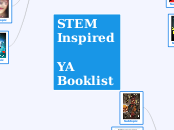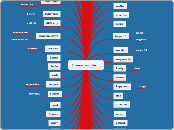a Paula Steel 13 éve
2470
Natural Disasters-Unit of work
The document outlines educational outcomes for various subjects, emphasizing the development of effective communication skills, environmental awareness, mathematical understanding, and creative expression.









